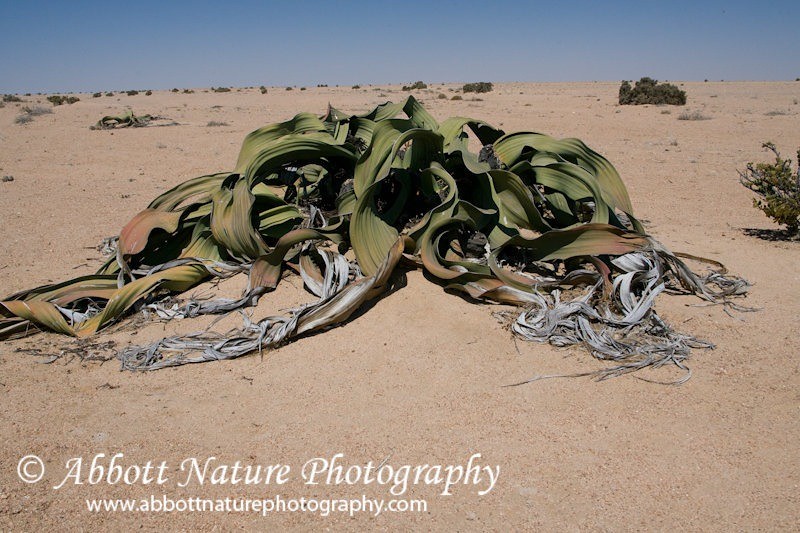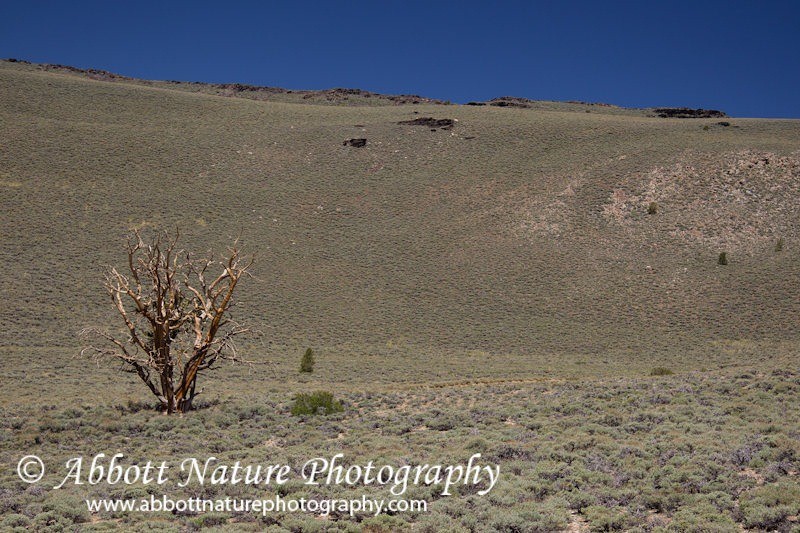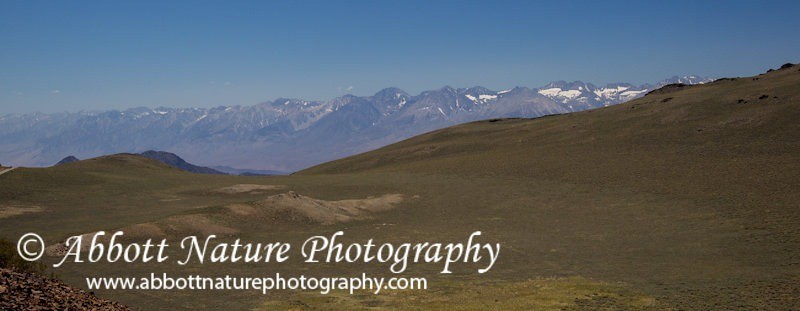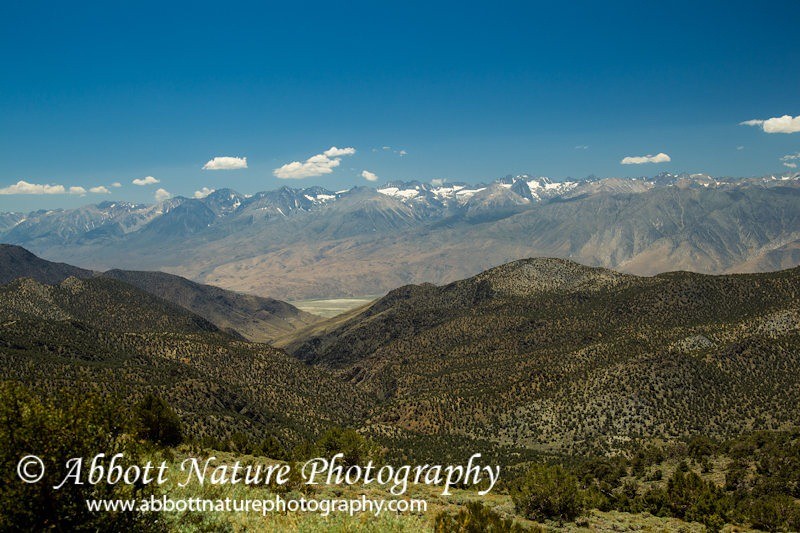Unfortunately no photos! But this was our "bears oh my", experience so far! Not a total loss our action packer has some really cool scars and may e a bit more ventilated now!
We were lucky enough to visit the Bristlecone Pines (Pinus longaeva) our first day here. They are the oldest living organisms on earth! 4000 years old. It is actually quite unbelievable. It seems like all things that are that old, look dead and struggling. We got to see Welwitschia (Welwitschia mirabilis) when we were in Africa several years ago. It is a very cool dead looking plant as well. Welwitschia is a gymnosperm, seed producing plant. Gymnosperm is actually Greek for naked seed which these plants have. There is not a fleshy or protective covering over the seed. It is the only species in the entire order Welwitschiales. They produce a reproductive structure that looks very much like a pine cone. This individual pictured below is the second oldest living organism at a young 2000 years old!

Our bristle cones are the oldest living organism about twice as old as Welwitschia! These plants are around 4000 years old however they are not very big. They grow slowly and therefor the rings you can use to age are much smaller! You can see the very fine lines that show the age below. This tree died in 1676 and because it is soooo dense it has not rotted or decayed yet.

Here are some photos of the live trees. They are also Gymnosperms and produce pine cones. They look dead but they are very much alive!



These trees were beautiful but the views at 10,000 feet were also amazing.



Kendra and John
- posted from ipad during the international bug expedition 2012
Location:S Crawford Ave,,United States


When you find yourself wanting to get traffic quick, get a whole new site along with new web pages ranked, Social Bookmarking is the single most powerful SEARCH ENGINE OPTIMISATION tools some sort of web online marketer has. The tactic generates site visitors quickly as well as enhances those sites search applications. It is usually a tool that lots of webmasters usually are applying both on their own and over the services associated with social bookmark creating corporations. It is merely a tool in which definitely should not be overlooked by way of any significant marketer wanting so your the prime of search machines and increase their website traffic.
ReplyDelete